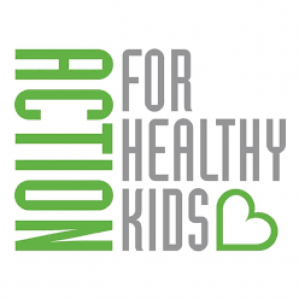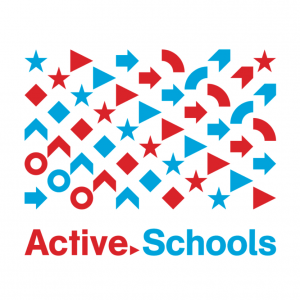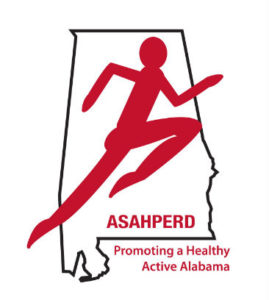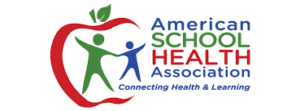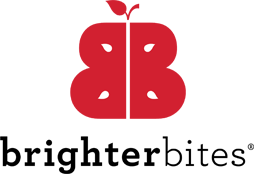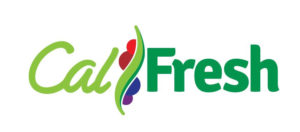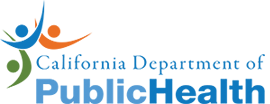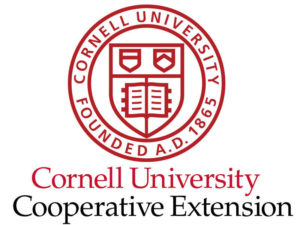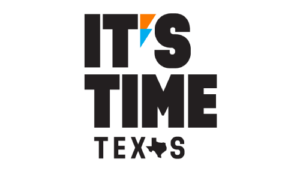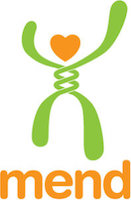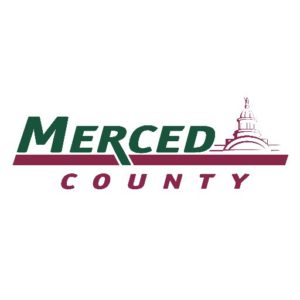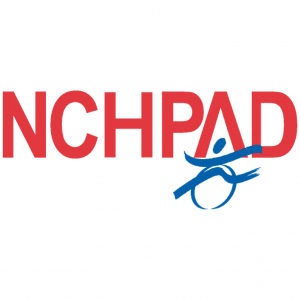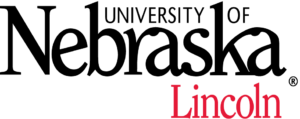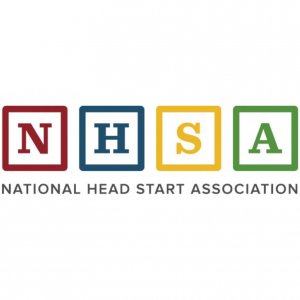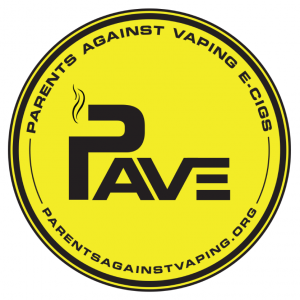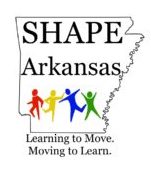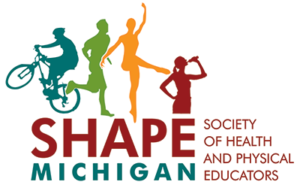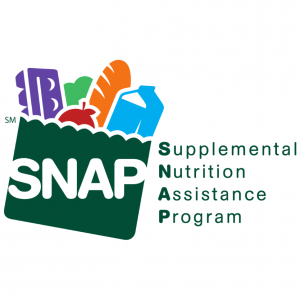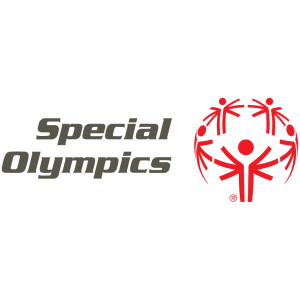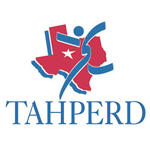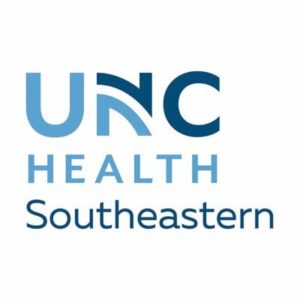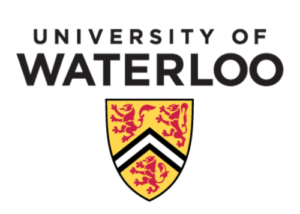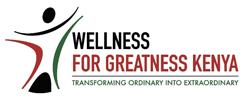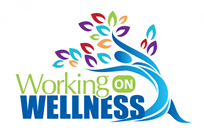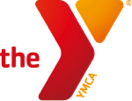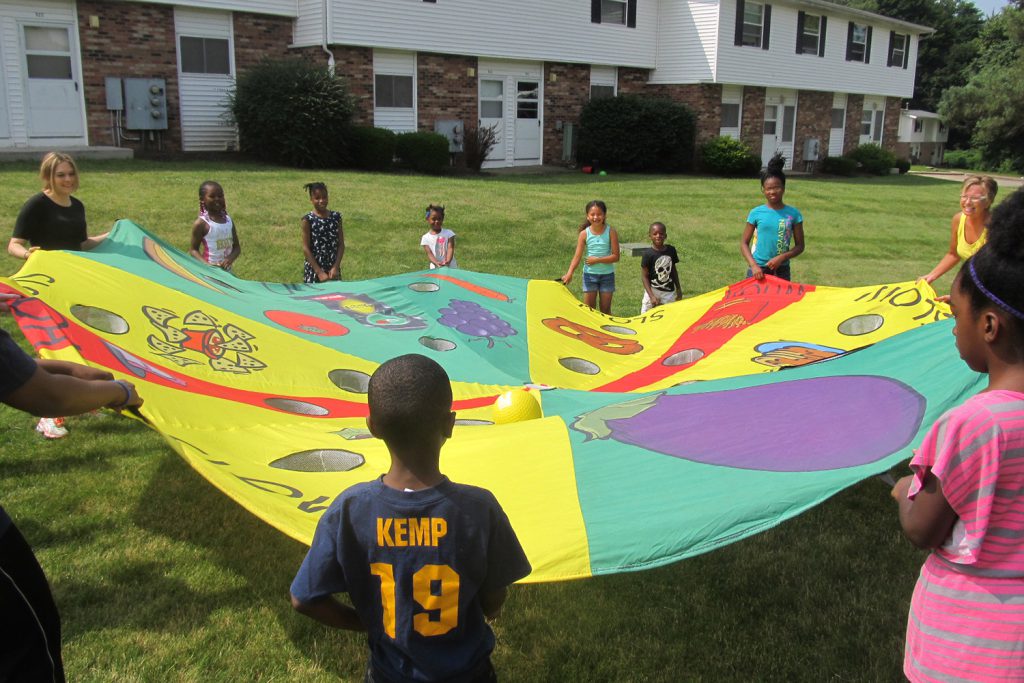Whole Child Wellness
More than 15,000 schools and child care sites use CATCH’s evidence-based health education and Whole Child wellness programs, reaching over 3 million PreK-12 students annually.
Latest News
Featured Initiative
Featured Topic
What We Do
Whole Child Wellness for Schools and Communities
For over 30 years, the CATCH platform has been proven to launch kids and communities toward healthier lifestyles with its health education programs. CATCH Global Foundation is committed to making the many evidence-based CATCH health programs available to kids everywhere.
CATCH Promise | Health Equity Initiative
Join Today!
Sign up to receive free resources, access to our "Dance of the Month," and a chance to connect with like-minded educators on a range of health and wellness topics.
Enroll NowCATCH in Action
About CATCH Global Foundation
CATCH Global Foundation is a 501(c)3 public charity founded in 2014 in partnership and with support from the University of Texas Health Science Center at Houston (UTHealth) and MD Anderson Cancer Center. Our mission is to empower school communities to cultivate Whole Child wellness as a lever for student success and social equity. The Foundation links underserved schools and communities to the resources necessary to create and sustain healthy change for future generations with their health education programs.
Learn MoreProven Effectiveness
21% of observed schools met National P.E. recommendations for activity time before CATCH training. After, it was 73%.
45% fewer kids go on to try e-cigarettes one-year after completing CATCH My Breath, compared to control schools.
(Kelder, et al., Public Health Reports, 2020)
CATCH health behavior changes have been shown to persist 3 years post-implementation.
(Nader, et al., Arch Pediatr Adolesc Med., 1999)
More than 15,000 schools and childcare sites use CATCH.
CATCH is the most cost-effective program proven to prevent childhood obesity.
(Cawley, et al., Health Affairs, 2010)
CATCH has over 120 peer-reviewed scientific studies demonstrating effectiveness.
Community Spotlights
Healthy U
New Jersey YMCAs
In 2008, The Horizon Foundation for New Jersey and the New Jersey YMCA State Alliance created Healthy U – a collaborative initiative to combat the obesity epidemic among New Jersey children. The goal of the program is to prevent childhood obesity through nutrition education, increased physical activity, and family involvement. Healthy U utilizes the CATCH curriculum to promote healthy behavior changes at home and in school that can last a lifetime. In 2012, Healthy U began to expand beyond after school programs and into preschools and schools. Healthy U is the largest implementer of the CATCH curriculum in the country.
View SpotlightWareham Middle School
Wareham, Massachusetts
As one of the first implementors of the CATCH My Breath program, Wareham Middle School has championed the curriculum and its resources to 7th grade students since the beginning of the 2017-2018 school year. Wareham Middle School’s health teacher, Harriette Sullivan, covers the CATCH My Breath program in her classroom 4 times during each school year in order to teach her 7th graders about the dangers of e-cigarettes and provide them with the tools needed to resist falling victim to peer pressure and manipulative advertisements. Many of Sullivan’s students have shared with her the success they have experienced with rejecting e-cigarettes thanks to the CATCH My Breath program, which led to a CNN feature on her classroom in August 2018. Due to her successful application of the program, Sullivan was appointed as the first official CATCH My Breath Ambassador last fall.
View SpotlightBrownsville Independent School District
Brownsville, TX
The Brownsville ISD CATCH project took place from February 2017 to January 2018 and aimed to strengthen the district’s coordinated school health programming to better support and promote healthy eating and physical activity for approximately 21,000 K-5th grade students in 37 elementary schools. Brownsville ISD first implemented CATCH district-wide in 2001 and the program has since become an integral part of the district’s efforts to improve students’ health-related behaviors.
View SpotlightNorth Carolina
Statewide
Reaching approximately 9,897 middle schoolers and 7,286 high schoolers, the CATCH My Breath program has expanded quickly throughout the state of North Carolina thanks to several key advocates at both the local and state levels. While implementation initially began in 2017, most of the state-wide growth occurred during the 2018-2019 school year after multiple trainings, presentations, and webinars. CATCH My Breath has collaborated and partnered with many North Carolina organizations, such as Youth Empowered Solutions and the North Carolina Division of Public Health, Tobacco Prevention and Control Branch, to support implementation efforts by providing educators with the information to confront the youth vaping epidemic through e-cigarette and JUUL prevention techniques. To meet this state-wide demand for preventative programming, CATCH My Breath conducted personalized trainings for Winston-Salem Schools, Scotland County Schools, and Gaston County School District. The CATCH My Breath team also presented to five regional health department meetings, the North Carolina Association for Health Physical Education Recreation and Dance Conference, and the North Carolina State Department of Health. This widespread coverage and support of the CATCH My Breath program ultimately led to multiple news articles and video reports featuring the curriculum on the local Fox News affiliate station.
View SpotlightNew York
Statewide
Thanks to several key advocates at both the state and local levels, implementation of the CATCH My Breath program reached 56 school districts across New York State during the 2018-2019 school year. Collaboration between the CATCH team and many partners throughout NYS contributed to the rapid growth. During the year, teachers, public health advocates, and parents participated in trainings, presentations, conferences, and webinars provided by CATCH. Development continues with the New York City Department of Education, Reality Check, local health departments and the CATCH team for further expansion of the program throughout NYS.
In order to meet the need for e-cigarette prevention across the state, the CATCH team conducted personalized presentations for several local health departments, school districts and community-based organizations. Ongoing support from the Erie County Health Department, Southern Tier Tobacco Awareness Coalition, substance abuse prevention organizations, New York State Association for Health, Physical Education Recreation and Dance (NY AHPERD) and CATCH My Breath Ambassadors, Crissy Groenewegen and Maryann Moriarty contribute to the continued growth across the state.
Our Partners
Founding Partners
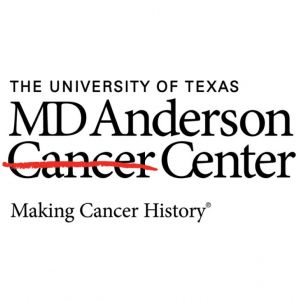


Funders
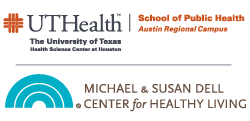
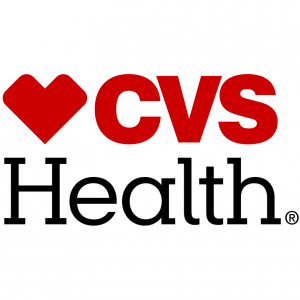


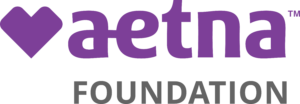
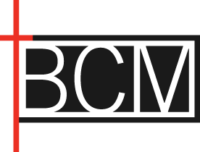
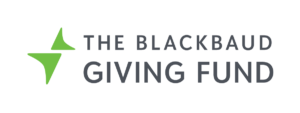
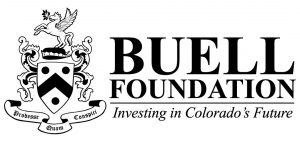
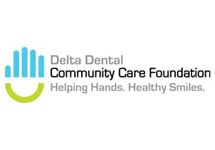
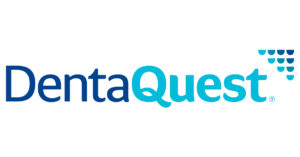

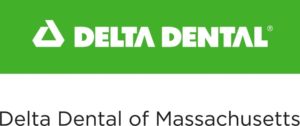
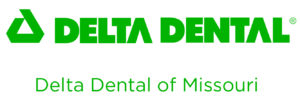
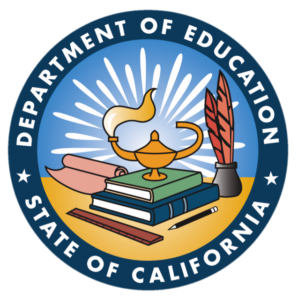

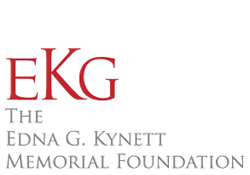
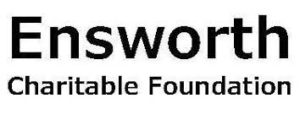
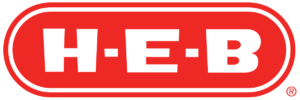
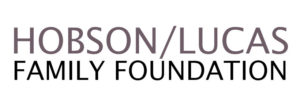
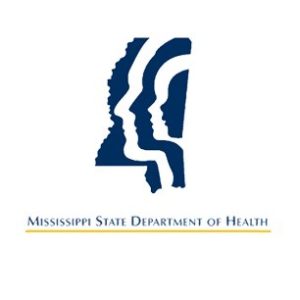



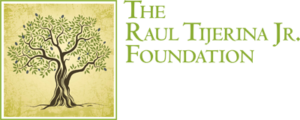

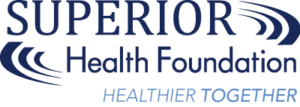

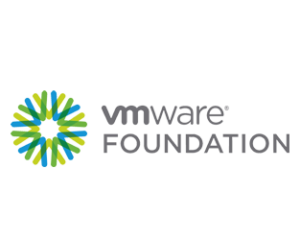
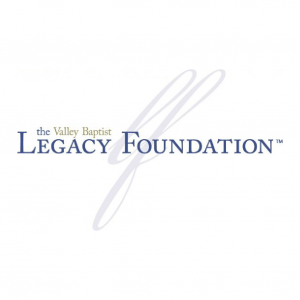
Featured School Districts
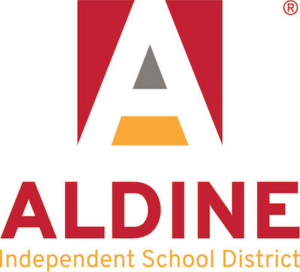
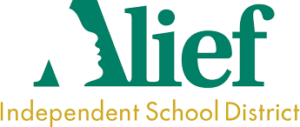
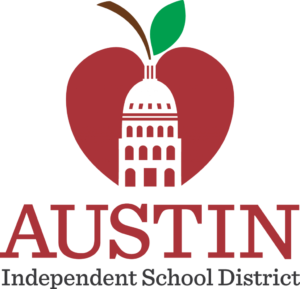


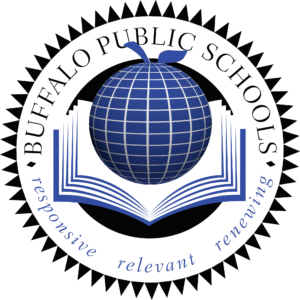
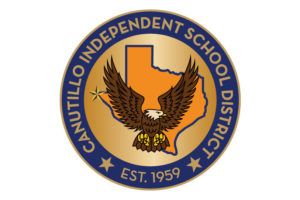
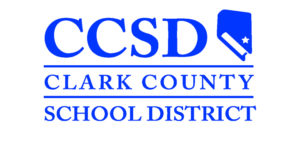
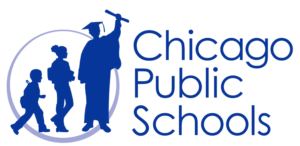

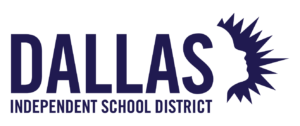
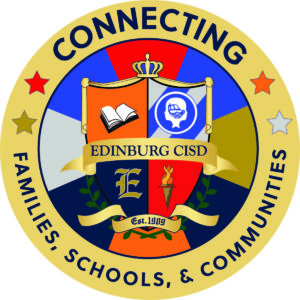
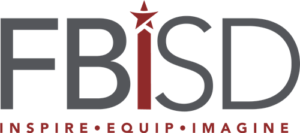
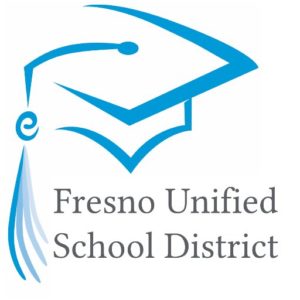
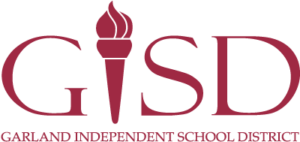
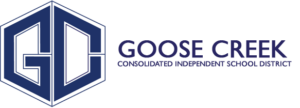
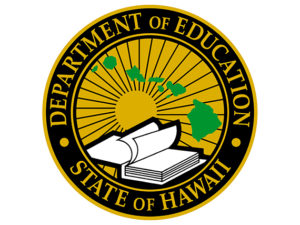

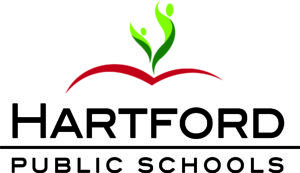

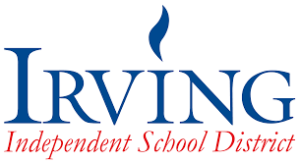
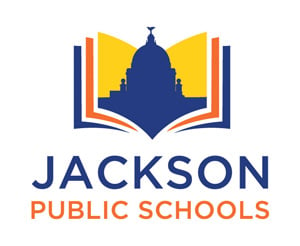
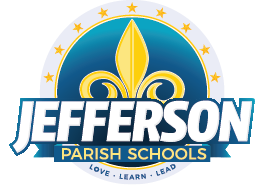
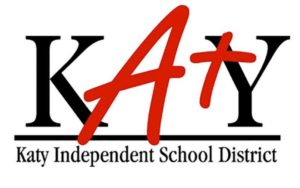
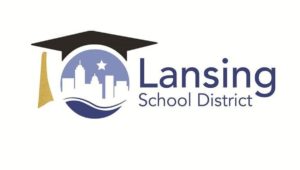
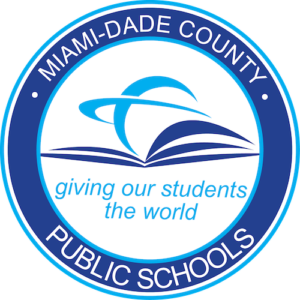
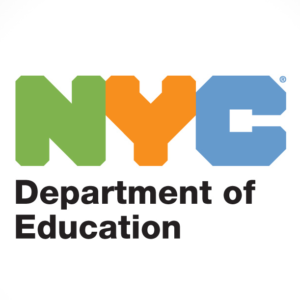


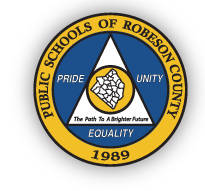
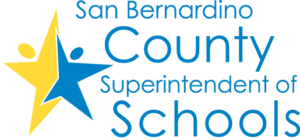
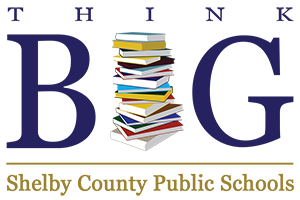
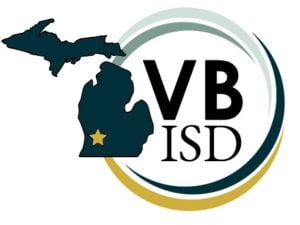
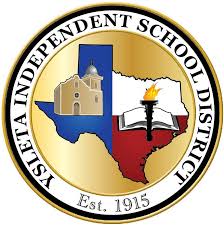
Other Collaborators
